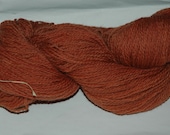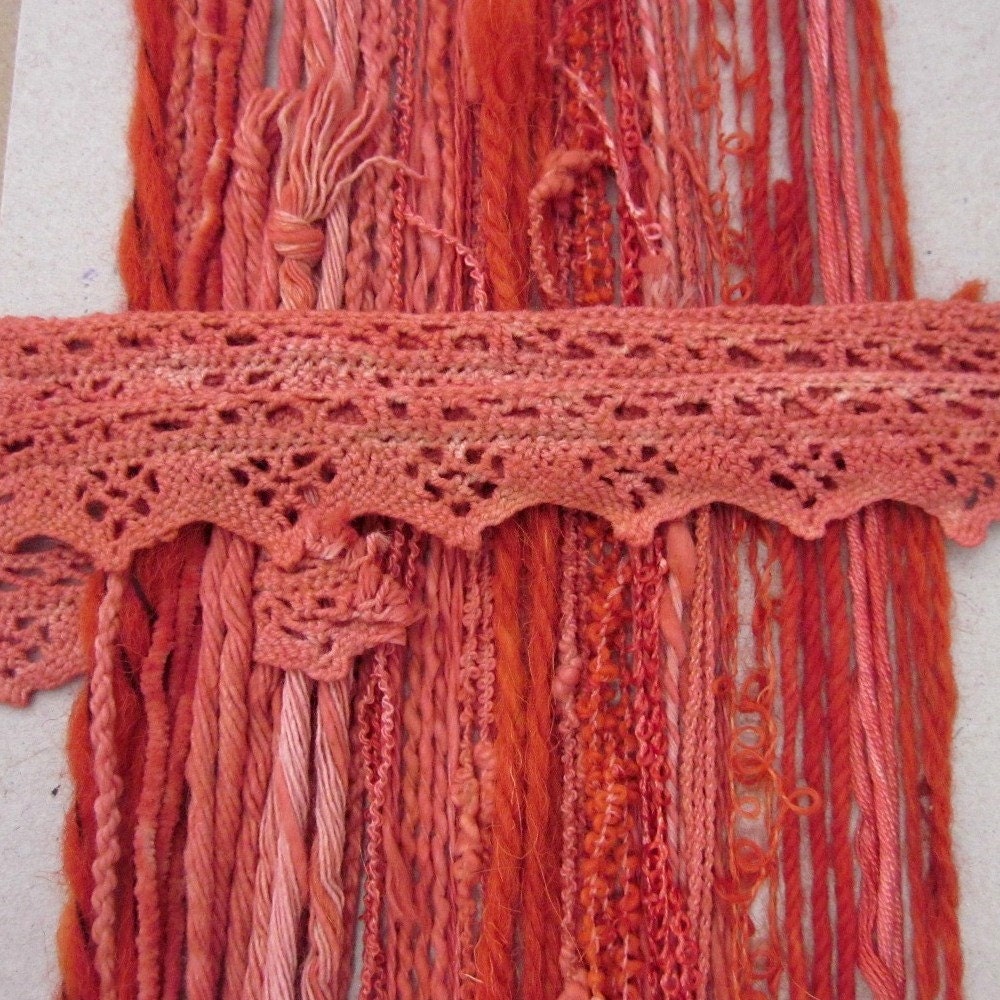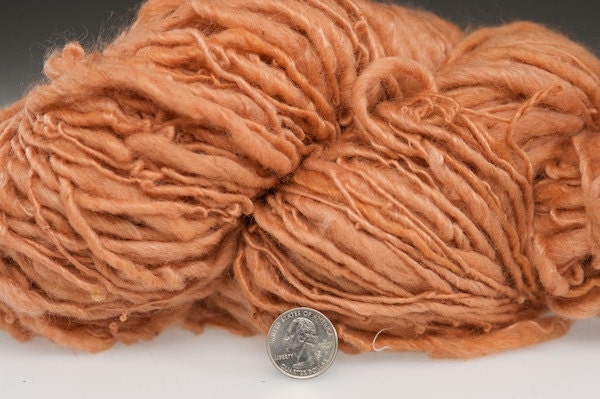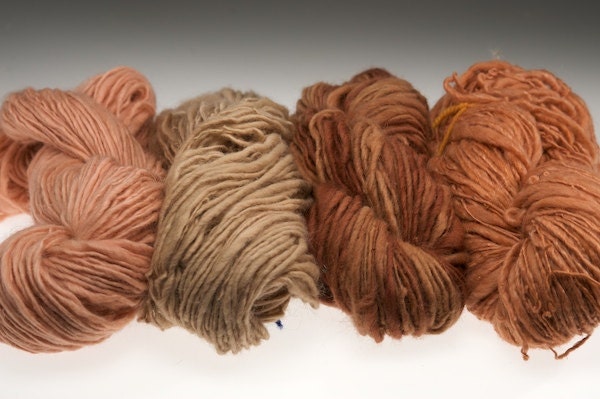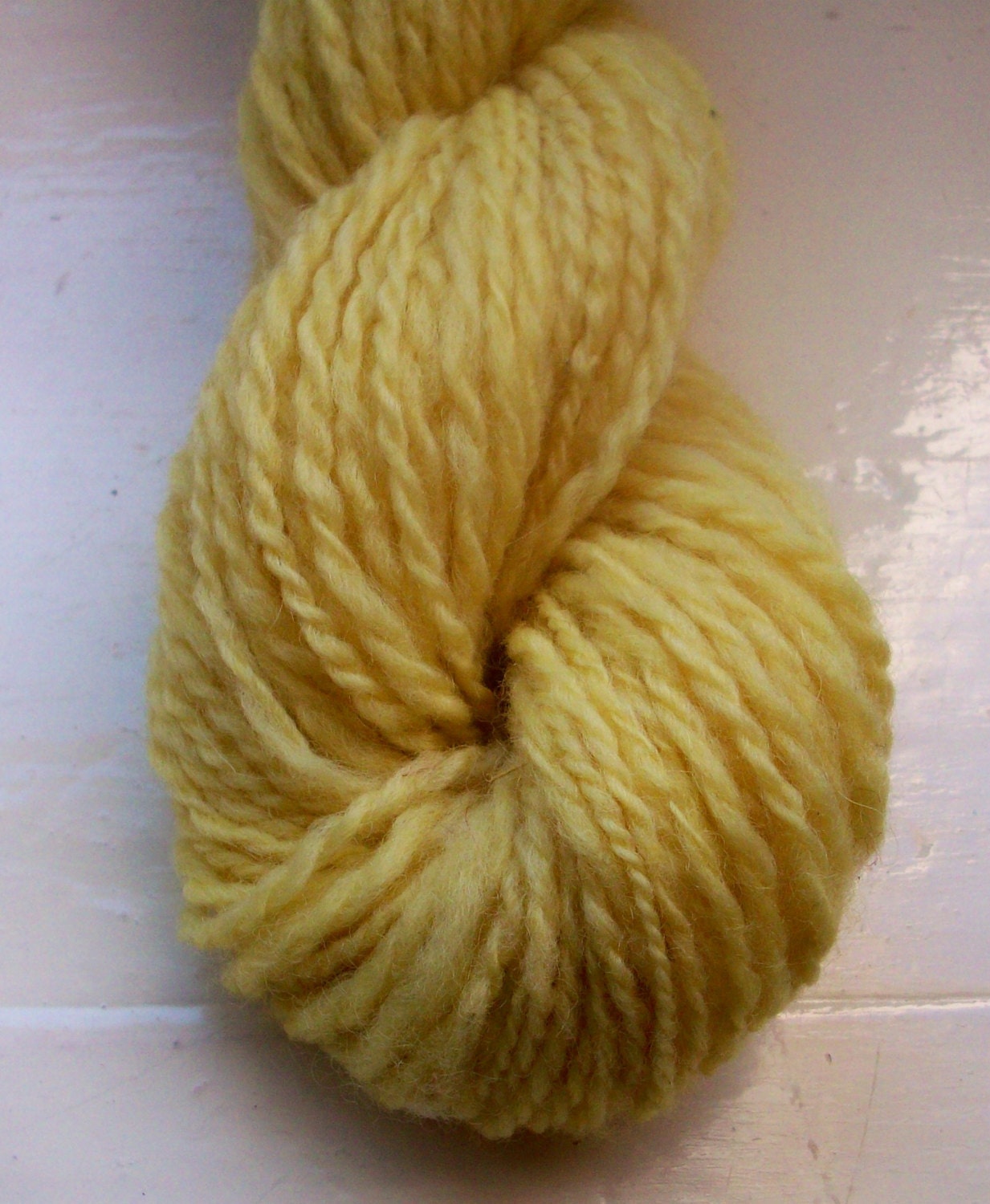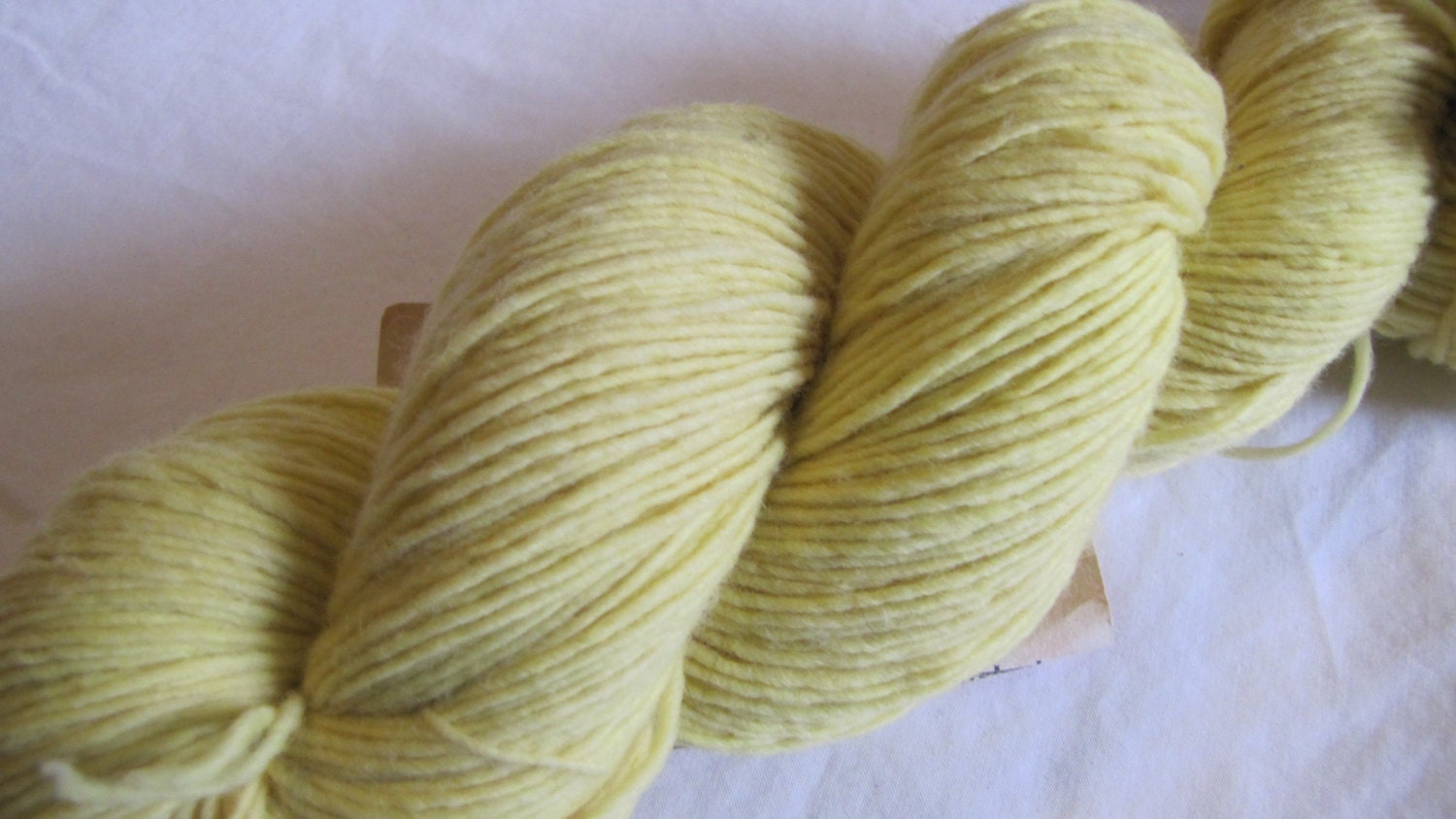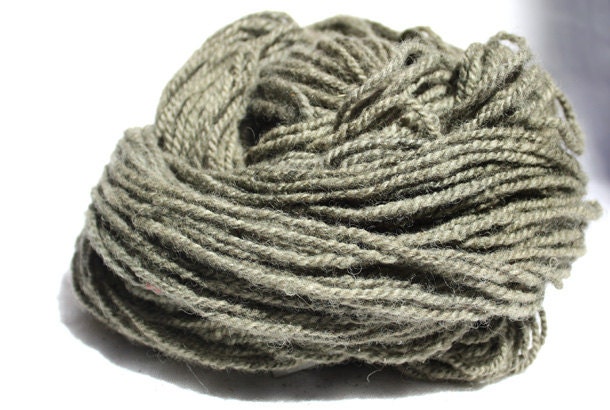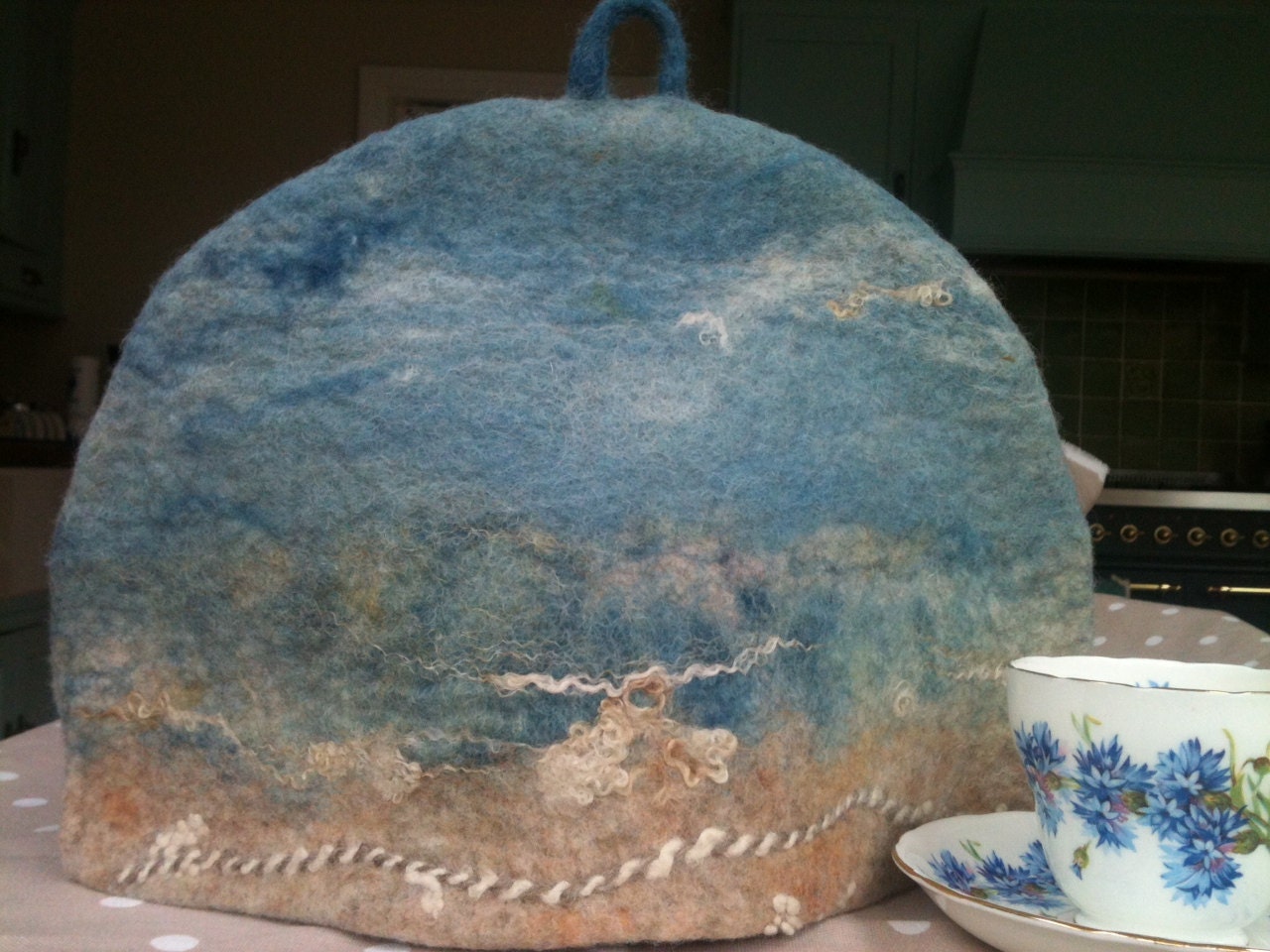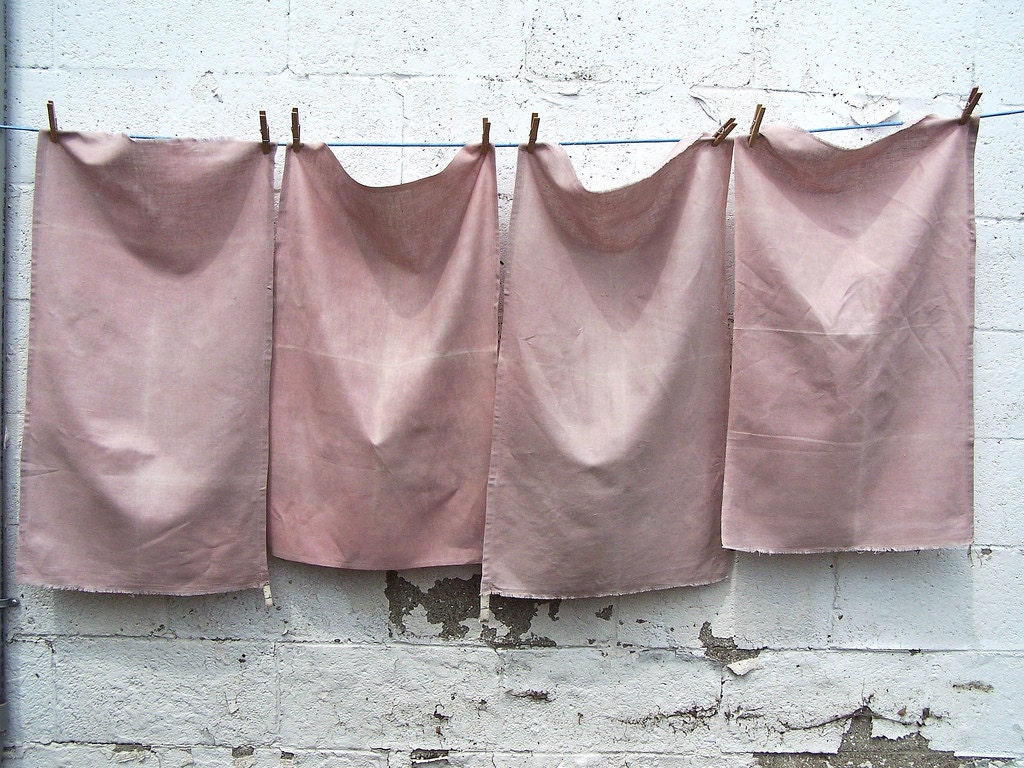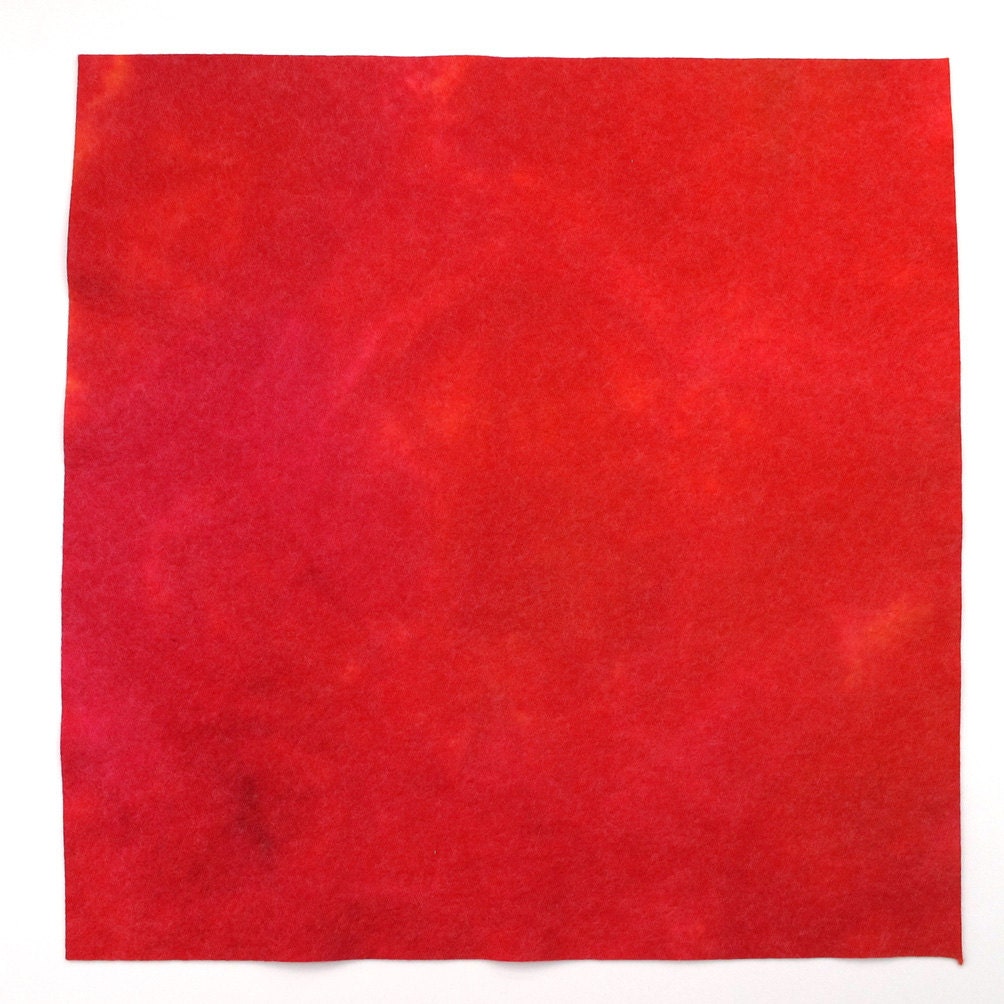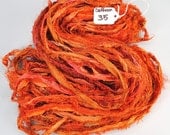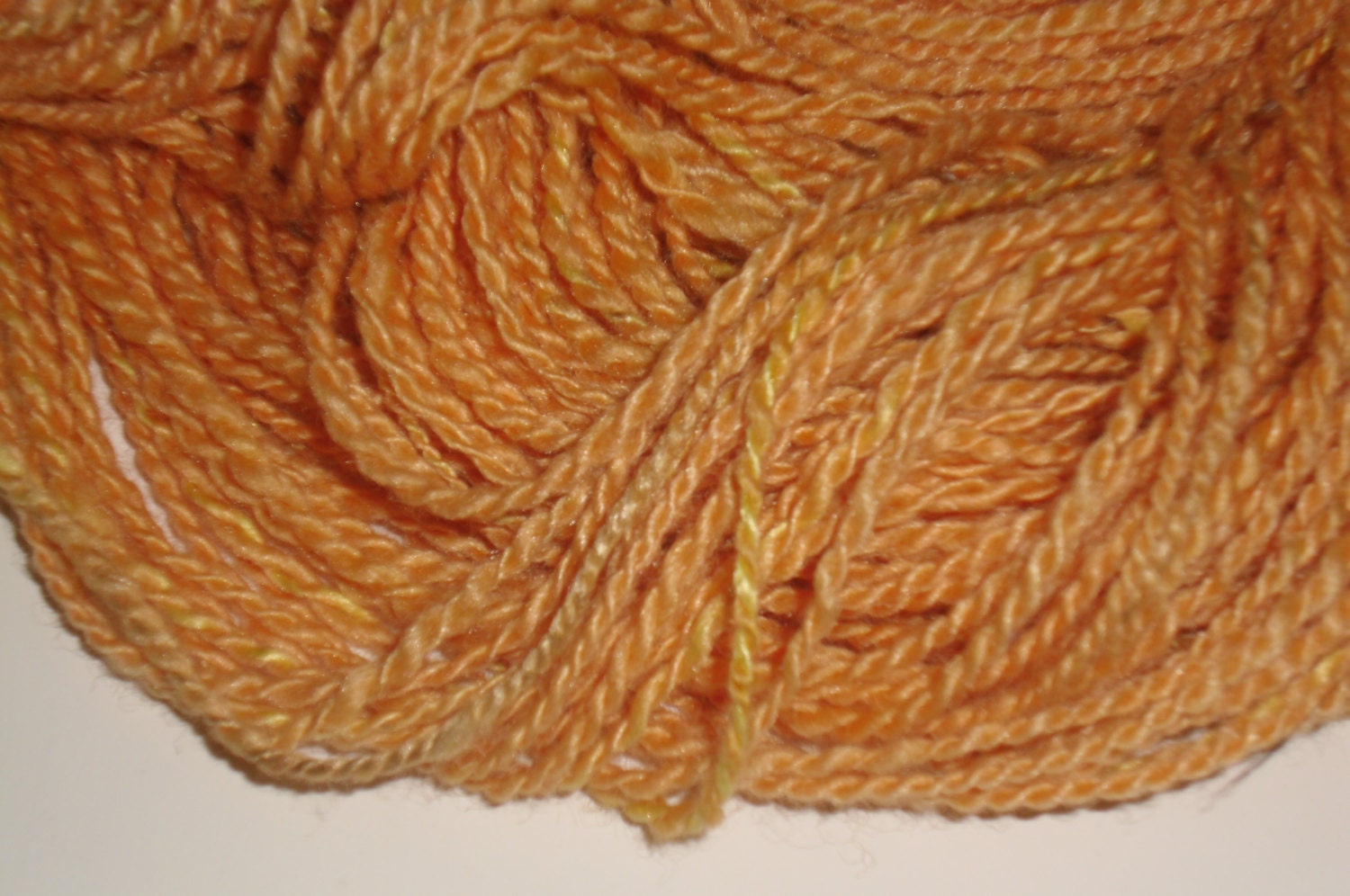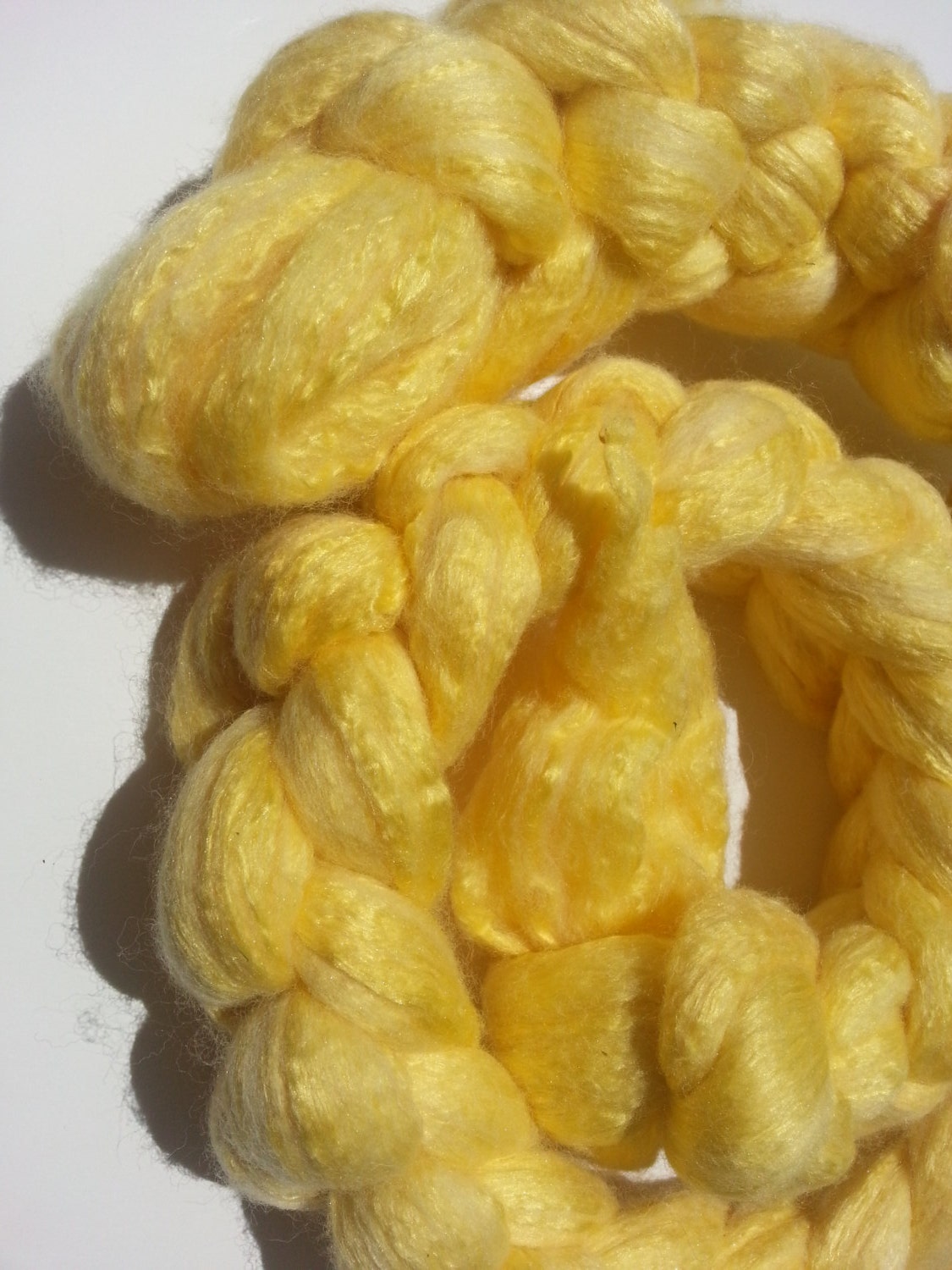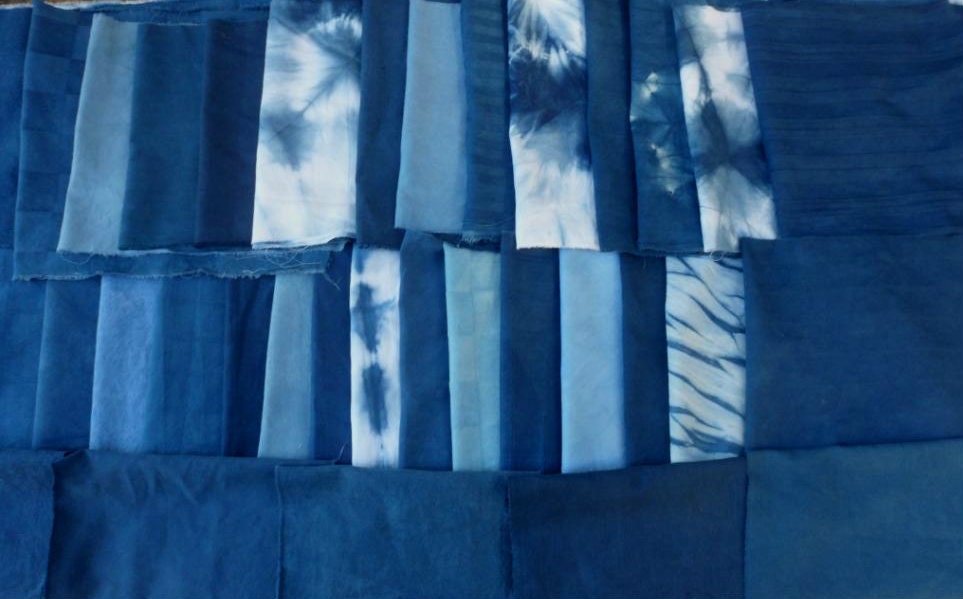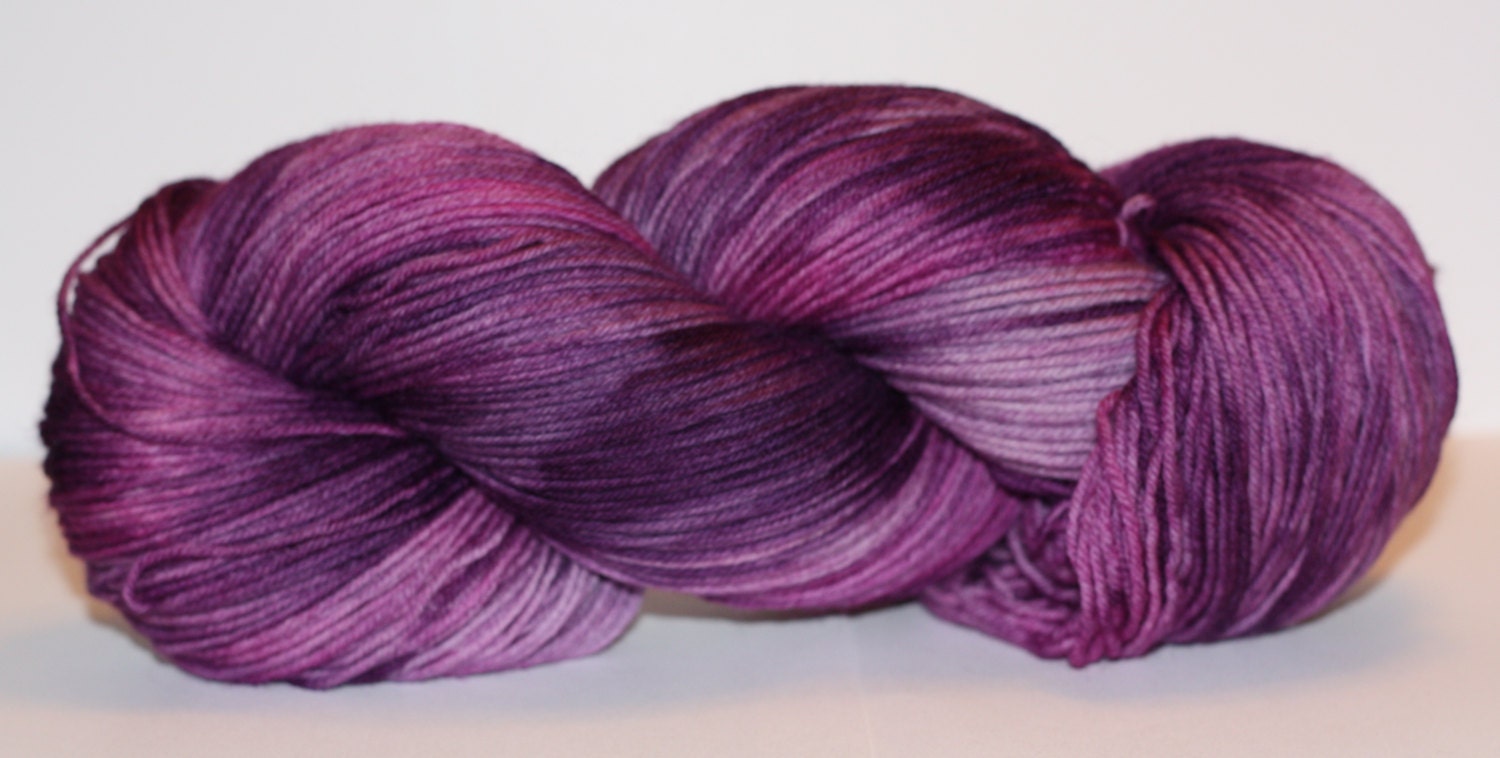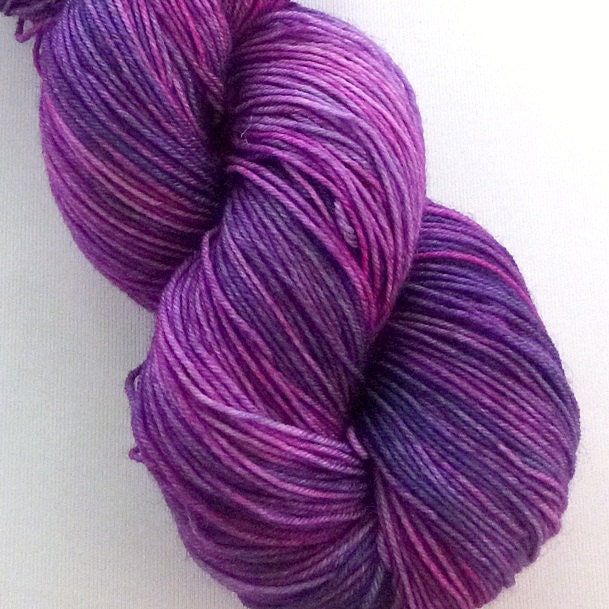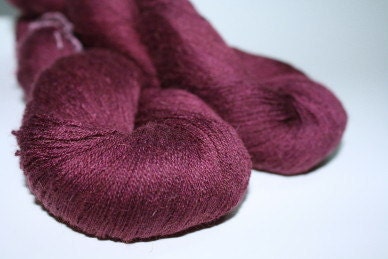The following is a little summary of everyday Roman life. While you don't "need" to know this for Rome, it's may be useful to add some flavor to your talks.

While the richest Roman citizens had their own villas, most people in Rome lived in the Insulae , apartment buildings which could be many stories tall (like the one at the right)...with shops and larger apartments on the bottom, and poorer one room homes on the top. Few apartments had kitchens, so most people bought food from local vendors. The poorest of the poor received a grain dole from the state...something like today's food stamps. The rich had their food cooked by their slaves.
Shopkeepers and tradesmen would work every day...unless it was a festival day! During festivals both rich and poor could watch race or fight at the arena, or attend the theater - it was all free. Of course, if you were poor you got the "nosebleed" seats, while the upper classes got to sit in the front row.
The Circus Maximus was one arena where games took place.
Christians were Martyred here by Nero...but this persecution did not start until after
the Great Fire in Rome in 64 AD, which Nero blamed the Christians for.
Our time period is probably slightly before this.
Much of daily life focused around the Forum, an open area surrounded by public buildings where political, business, and religious activities took place . People would come to plead their cases in court, to listen to orators and politicians, and worship and make offerings at the temples surrounding the forum. Shops and vendors crowded the entryways to the forum (this is where our marketplace would be). Parades and religious celebrations also happened here.
You can see the forum and surrounding buildings here. Most of these buildings
were around during the first centruy when Paul was in Rome, though the arches at the
end of the forum, and a couple of the buildings around it, were built later. You
can learn more about the forum here.
Another center of Roman life was the Baths, which were more like health clubs with saunas, exercise rooms, food vendors, and even sometimes reading rooms. Only citizens were allowed to use them (though slaves could come to attend their masters). There was a fee to use the baths, but it was not expensive.
In the evenings the wealthy would often hold elaborate dinner parties. But no one stayed out late, because traveling home in the dark un-lit narrow streets of Rome was dangerous. It was easy to get lost, there was danger from thieves, and the streets were clogged with traders delivering shipments (since, with few exceptions, wheeled traffic was only allowed at night).
Sources Not Mentioned Above:
Ancient Rome for Kids (
rome.mrdonn.org)
Wikipedia (various articles)
Everyday Life in the Roman Empire by Kathryn Hinds.
VRoma.org








